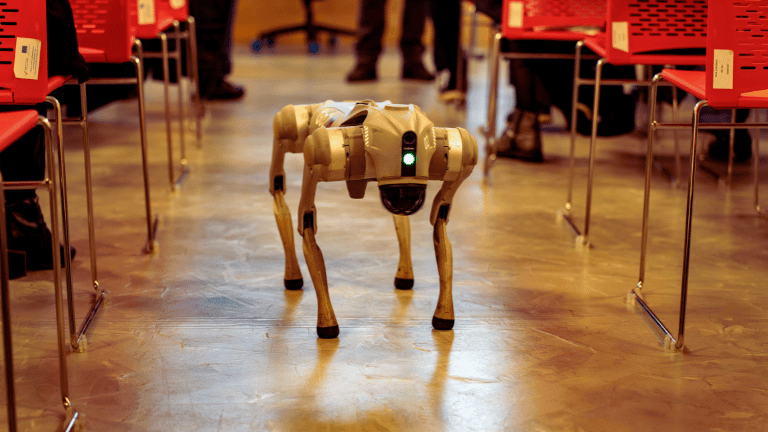Application
Transforming gait belts with printed sensors and heaters for real-time patient monitoring, posture correction, and therapeutic heat therapy.


Enhancing Gait Belt Functionality with Printed Sensors and Heaters
Introduction
Gait belts have long been essential tools in healthcare and rehabilitation, aiding caregivers in safely transferring and stabilizing patients with mobility challenges. Traditionally made from durable fabric with secure buckles, these belts provide crucial support during patient mobility tasks. However, advancements in printed sensor and printed heater technologies now allow gait belts to evolve into smart therapeutic and monitoring devices.
By integrating Force Sensing Resistors (FSRs), Matrix Array Sensors, and Printed Heaters, gait belts can enhance patient care, improve safety, and optimize rehabilitation outcomes. This article explores how these innovations from Ceradex Corporation can revolutionize patient mobility assistance.
Printed Sensors for Real-Time Patient Monitoring
Force Sensing Resistors (FSRs) for Load Monitoring
How They Work: FSRs detect pressure changes when force is applied, making them ideal for measuring patient support and grip strength.
Key Benefits:
- Instant Alerts: Caregivers receive notifications when patients apply excessive force, indicating potential instability or fatigue.
- Weight Distribution Monitoring: Ensures balanced weight support, minimizing strain on caregivers.
- Rehabilitation Tracking: Consistently measures weight-bearing capacity, helping to assess progress in mobility recovery.
Matrix Array Sensors for Posture and Motion Analysis
How They Work: Matrix array sensors create a real-time pressure map, detecting shifts in movement, posture, and force distribution.
Key Benefits:
- Posture Correction: Identifies incorrect belt positioning, reducing the risk of falls.
- Musculoskeletal Health Monitoring: Detects asymmetrical weight shifts, signaling potential issues.
- Seamless Integration: Syncs with patient monitoring systems for comprehensive rehabilitation tracking.
Printed Heaters for Therapeutic Benefits
Positive Temperature Coefficient (PTC) Printed Heaters
How They Work: PTC heaters self-regulate to prevent overheating while ensuring consistent heat distribution.
Key Benefits:
- Targeted Pain Relief: Provides localized heat therapy for lower back pain and post-surgical discomfort.
- Muscle Relaxation: Reduces stiffness, making movement easier.
- Improved Circulation: Enhances blood flow, minimizing pressure ulcer risks for immobile patients.
Constant Wattage Heaters for Continuous Therapy
How They Work: These heaters provide steady, controlled heat output for extended therapy sessions.
Key Benefits:
- Consistent Thermal Therapy: Ideal for long-duration rehabilitation sessions.
- Customizable Heat Levels: Adjustable to patient-specific temperature requirements.
Smart Gait Belts: The Future of Patient Mobility
By combining printed sensor and heater technologies, gait belts transform into intelligent, adaptive devices that enhance patient care and caregiver efficiency.
Key Innovations:
- Real-Time Data Transmission: Enables caregivers to monitor patient movements remotely.
- Automated Safety Alerts: Detects falls, excessive pressure, or irregular motion.
- Adjustable Heat Therapy: Personalized heating settings for maximum therapeutic effect.
Conclusion
The integration of printed sensors and heaters in gait belts represents a major advancement in healthcare and rehabilitation technology. By enabling real-time monitoring, adaptive support, and therapeutic heating, these smart gait belts improve patient safety, enhance recovery, and reduce caregiver workload.
Latest Insights
Collaboration Begins Here.



